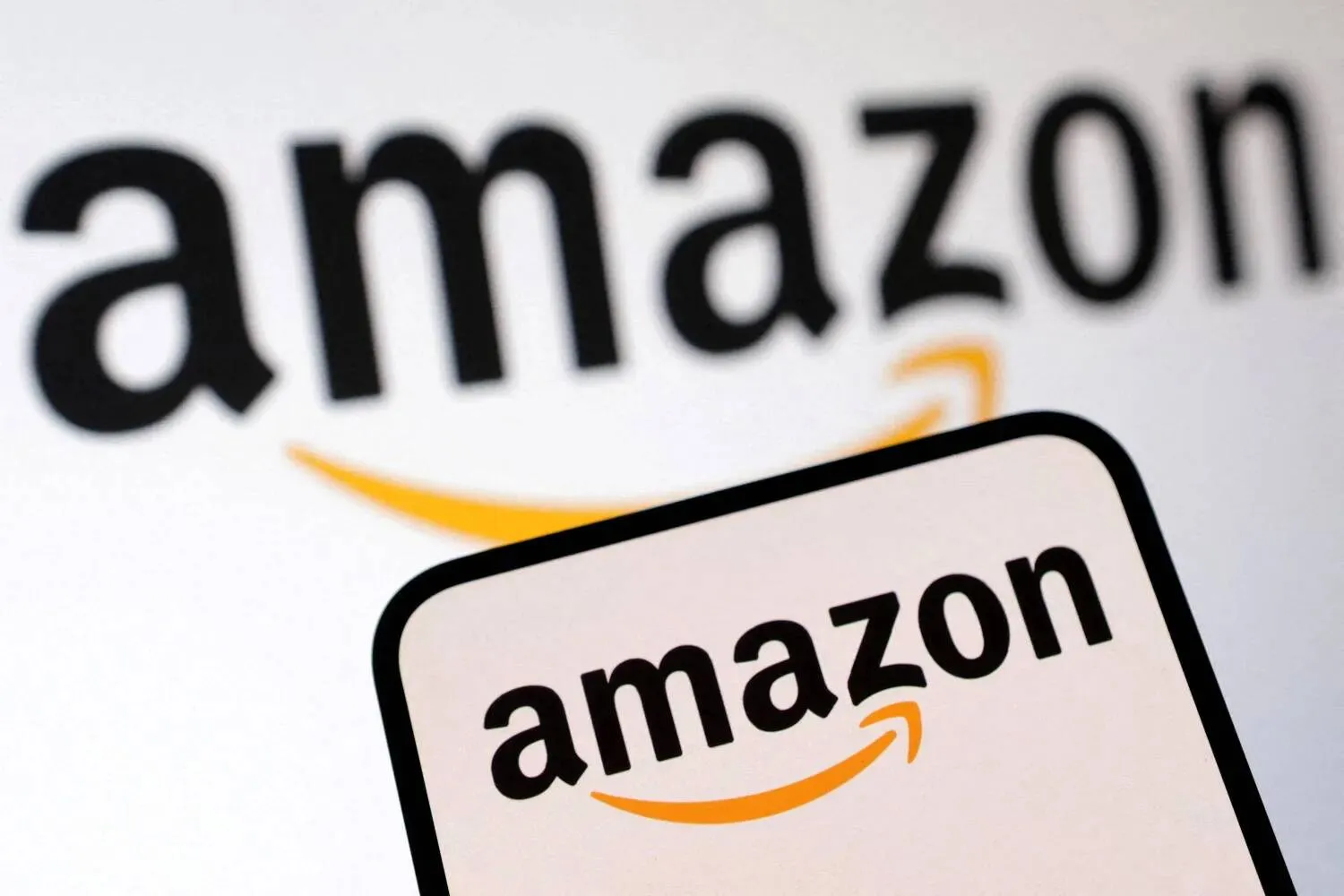Huawei Chief Financial Officer Meng Wanzhou will return to a Canadian court on Monday as witness testimony in her US extradition case resumes, amid news last week that her lawyers and US prosecutors held talks to reach a deal that could see her release and to return to China after two years of house arrest.
Meng, 48, was arrested in Canada in December 2018 on a warrant from the United States. She is facing charges of bank fraud for allegedly misleading HSBC Holdings Plc about Huawei Technologies Co Ltd’s business dealings in Iran, causing the bank to break US sanctions.
She has said she is innocent and is fighting the extradition from under house arrest in Vancouver.
US prosecutors are discussing a deal with lawyers for Huawei’s Meng to resolve criminal charges against her, a person familiar with the matter said on Thursday, signaling a potential end to a case that has strained ties between the United States, China, and Canada.
Her lawyers have argued in the British Columbia Supreme Court that Meng’s extradition should be thrown out based on alleged abuses of process that took place during her investigation by Canadian border officials and subsequent arrest by police.
They have also claimed the case has been politicized to the point where Meng would not receive a fair trial in the United States, pointing to comments made by President Donald Trump in an interview with Reuters in December 2018 about his willingness to use Meng as a bargaining chip in trade talks with China.
In previous weeks of witnesses’ cross examinations, officials from the Canada Border Services Agency (CBSA) and the Royal Canadian Mounted Police (RCMP) testified in the court that the process leading up to Meng’s investigation and arrest was rushed but by the book.
Prosecutors are arguing that Meng’s extradition is valid and procedures were followed.
Meng’s arrest caused a chill in diplomatic relations between Ottawa and Beijing. Shortly after Meng was detained, China arrested two Canadian men - Michael Kovrig and Michael Spavor - who now face spying charges.
On Friday, Canadian Prime Minister Justin Trudeau said the release of the two Canadians was his “top priority”, while declining to comment on the talks to release Meng.
Meng’s case is scheduled to wrap up in April 2021.









